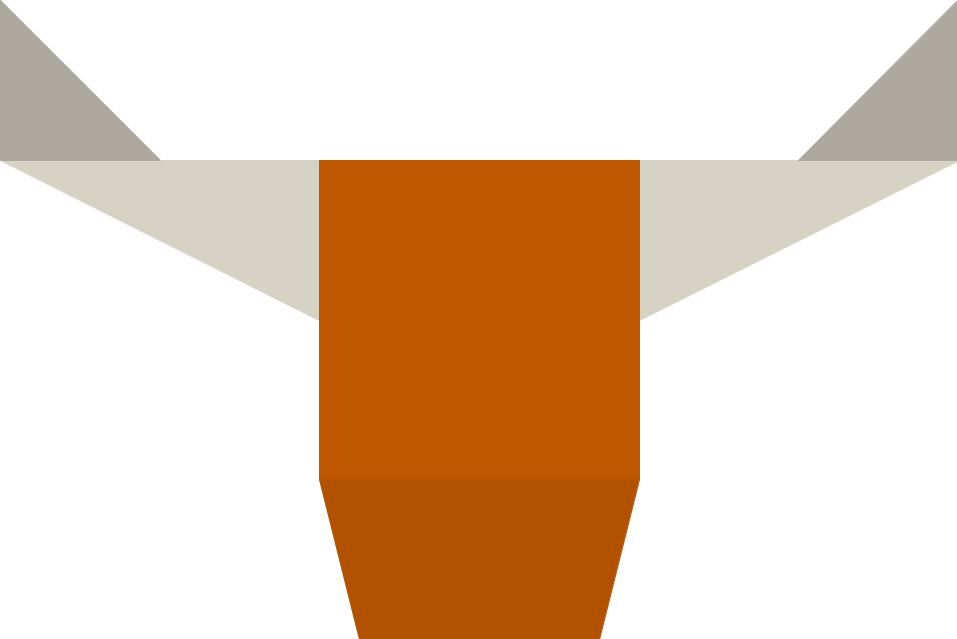We can represent closed surfaces by identifying sides of a polygon (the following links are YouTube videos):
From an octagon to a genus \(2\) surface
From a \(16\)-gon to a genus \(4\) surface
Expressing an element \(g\) in a group \(G\) as a product of \(k\) commutators is the same as finding a connected orientable surface \(S\) of genus \(k\) with one boundary, and a map \(f : S \to X\) for a space \(X\) with \(\pi_1(X)=G\) so that \(f(\partial S)\) represents the conjugacy class of \(g\).
Here, \(\pi_1 (S)\) is a free group of rank \(2k\) and the boundary loop is a product of \(k\) commutators, which under the map represents the word.
This relation between surface maps and \(\text{cl}\) can be translated and improved to the following topological definition of \(\text{scl}\).
Definition:
\[\text{scl}_G(g)=\text{inf} -\chi(S)2n(S)\]
where the infimum is taken over compact oriented surfaces \(S\) without sphere or disk components, mapped in to \(X\) so that each boundary represents a power of \(g\). Here \(\chi(S)\) is the Euler characteristic, which for instance can be computed based on a triangulation of \(S\) with \(V\) vertices, \(E\) edges and \(F\) faces:
\[\chi(S)=V-E+F\]
Here, \(n(S)\) denotes the degree of the surface, which is the total (algebraic) number of times the boundary “wraps around” \(g\).
Based on this topological definition, a remarkable theorem of Danny Calegari gives a way to compute the complicated invariant \(\text{scl}\) in free groups.
Theorem (Calegari): There is a polynomial time algorithm that computes \(\text{scl}_G(g)\) for any \(g\) in a free group \(G\). Moreover, the nature of the algorithm shows that there is always a (connected) surface \(S\) achieving the infimum in the topological definition. In particular, \(\text{scl}_G(g)\) is always rational.
The idea of the proof uses a way to decompose surfaces into small pieces and turn the topological optimization problem into a linear programming problem (by finding the best combination of these small pieces).
